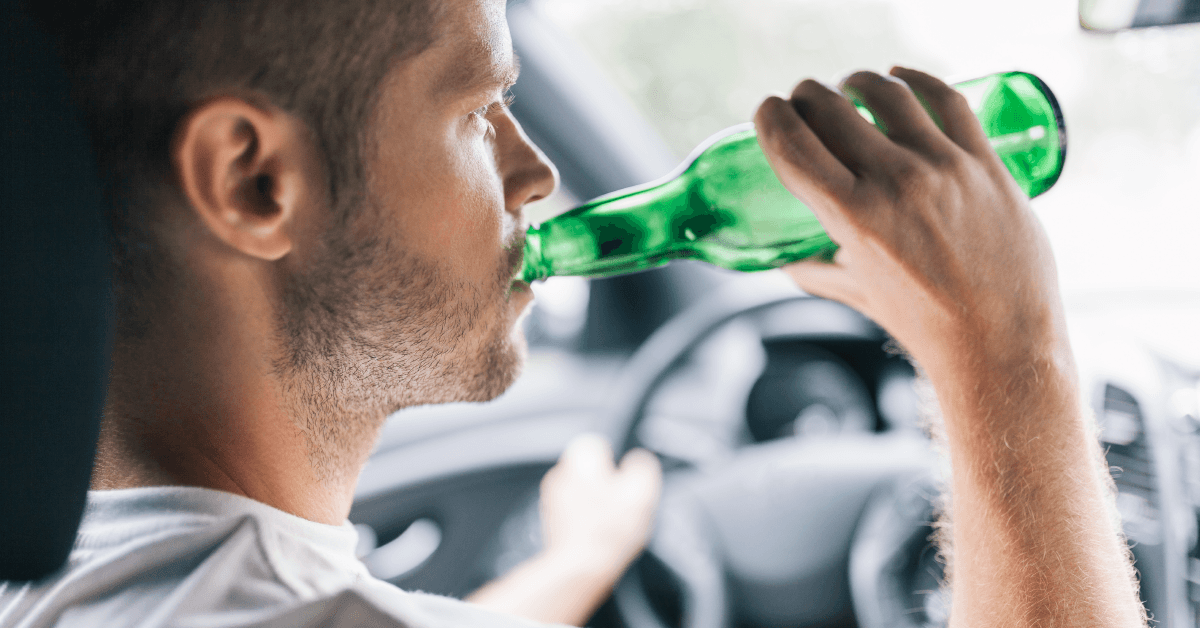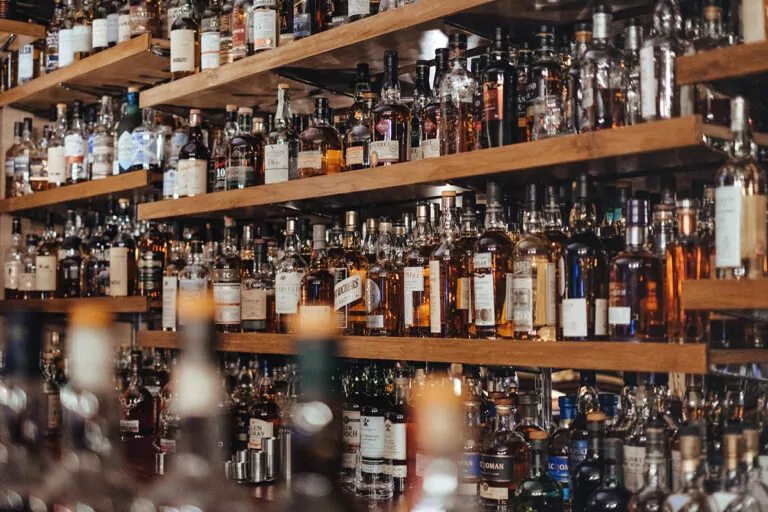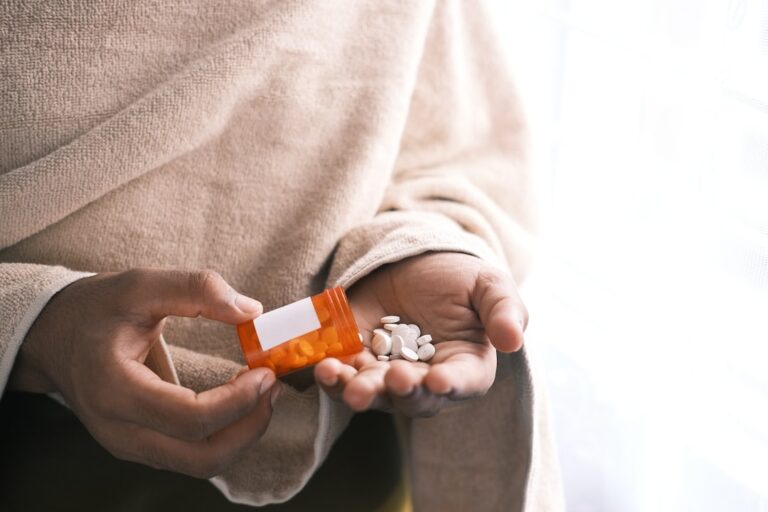It’s been a social lubricant for thousands of years, but alcohol isn’t without its dangers. Yet those risks haven’t curbed the continually-increasing rates of alcohol use and misuse. And with alcohol death rates rising at an alarming rate, the sad reality is that we’ve seen a twofold increase in alcohol deaths over just the past 20 years.
It’s important to be aware of the severity of alcohol abuse, alcoholism, and the increasing frequency with which we now see death by alcohol. So let’s have a brief discussion about this disturbing trend and answer some of your biggest questions, including:
- How many people die from alcohol each year?
- How have alcohol-related death rates changed over time?
- What is causing the increase in alcohol-related deaths?
- Are there differences in alcohol death rates between different demographics?
- What makes alcohol so addictive?
Alcohol-Related Deaths Have Doubled
Unless you live in one of the 11 states where recreational marijuana is legal, alcohol is the only mind-altering substance that can be purchased, consumed, and even abused without any legal repercussions. In fact, alcohol has been legal in the United States since the end of Prohibition in late 1933.
By the 1950s, cirrhosis and other health risks associated with alcohol abuse had begun to climb each year. Surveys indicated that there was a 21-percent increase during the 1960s and a 10-percent increase in the early-1970s. Death rates from alcoholism reached its peak in 1980. Then for the next 10 or so years, things either remained constant or declined slightly, which was possibly due to the sudden and widespread popularity of street drugs like cocaine, heroin, and pills.
The reprieve was to be short-lived — alcohol abuse and deaths resumed an upward trend during the 1990s, causing an increased rate of alcohol-related deaths that continues to this day.
By 2017, about 88,000 people were dying from alcohol-related deaths in the United States each year. According to a study conducted by the National Institute on Alcoholism Abuse and Alcoholism (NIABA), that represents more than twice as many deaths from alcohol consumption as there were in 1999. In other words, we’ve seen more than a 200-percent increase in alcohol-related deaths in less than 20 years.
We’ve seen this trend on a global scale too. According to a recent study, alcohol consumption has increased significantly all over the world. Specifically, global alcohol consumption was 70-percent higher in 2017 than it was nearly 20 years earlier in 1990.
What is the Cause?
With alcohol death rates increasing at an astronomical rate, the obvious question is why? What is causing such a significant increase in alcohol-related deaths?
Obviously, alcohol-related deaths have increased because more Americans are drinking alcohol, which is what the data shows: Per the 2018 National Survey on Drug Use and Health (NSDUH), 70 percent of people over the age of 18 admit to having consumed alcohol one or more times in the past year while 55 percent have consumed alcohol at least once in the past month.
It’s difficult to nail down one specific cause for the increase in alcohol abuse and alcohol-related deaths because people choose to consume alcohol for a number of reasons. But with increased rates of death, in particular, studies show that it could be because of binge drinking.
Binge drinking is any alcohol consumption behavior that results in a blood-alcohol concentration (BAC) of 0.08 or more. Typically, that means drinking four or five drinks over a period of two hours or less.
Center for Disease Control and Prevention
A meta-analysis found that alcohol consumption increased 4 percent between 2000 and 2016. During that same period, however, binge drinking increased 8 percent. In other words, even though the total number of people who were binge drinking alcohol was less than alcohol consumption overall, binge drinking behavior increased at roughly twice the rate of general alcohol consumption.
Men vs. Women

The way that rates of alcohol consumption, abuse, and deaths vary between different demographics has been extensively documented and studied. But with alcohol-related deaths, in particular, one major demographic disparity is gender.
Do you have a loved one struggling with addiction?
We know how hard that can be. Give us a call to find out what options you have.
Men account for a majority of total alcohol-related deaths, according to the 2018 National Survey on Drug Use and Health. However, during the period of the study — which, again, ran from 1999 to 2017 — alcohol deaths among women increased by 85 percent, which is considerably lower than the 35-percent increase in alcohol deaths for men.
In other words, the rate at which women die from alcohol increased more than twice as fast as men. One plausible explanation for this comes down to physiology.
Women process alcohol less efficiently [than men] and are more affected by alcohol.
If a man and a woman of equal size and mass drank equal amounts of alcohol, the woman would have a higher blood-alcohol concentration. Although the bodies of men and women process alcohol very similarly, women process alcohol less efficiently and tend to be more affected by alcohol. As a result, women tend to experience the health risks associated with alcohol abuse — e.g. cirrhosis, liver disease, certain types of cancer, cardiovascular disease — more quickly than men.
Why Is Alcohol So Addictive?
Alcohol is addictive because of how it affects the brain. After drinking alcohol, the brain experiences a surge of endorphins and dopamine. These neurochemicals cause feelings of pleasure and happiness. They also provide some natural pain relief.
Once someone makes the connection between alcohol and pleasure, that person is exponentially more likely to drink again. Then as the frequency of alcohol consumption increases over time, the brain comes to expect a rush of pleasure and pain-killing chemicals regularly. It also becomes more difficult to go any period of time without alcohol.
People developing a drinking problem usually have to drink alcohol before going to work, cooking dinner, bathing, socializing, or doing any other normal task. Because they feel immense physical and emotional discomfort when they’re not under the influence. At this point, an addiction to alcohol has occurred.
Why Do So Many People Die From Alcohol?

There are so many alcohol-related deaths because alcohol can cause death in two main ways. First, alcohol causes a number of health conditions, including cirrhosis of the liver and cardiovascular diseases. The second way is how alcohol impairs judgment and functioning, leading to things like car accidents and suicides.
Between health conditions caused by alcohol and impaired functioning, alcohol is the third-leading cause of preventable death in the United States.
Ready to Take Your Life Back? Discover Recovery Can Help
Whether it’s to alcohol or drugs, addiction is a highly disruptive disease, affecting virtually every aspect of a person’s life, from health to relationships and everything in-between. But those who are addicted to alcohol or drugs need not continue to suffer.
At Discover Recovery, our goal is to help those who have felt helpless in the face of addiction. Discover Recovery Treatment Center can help you or your loved one to regain health, sobriety, and independence.
To learn more about the support services we offer, contact Discover Recovery today. If you’re looking for more information about substance abuse treatment, the effect of addiction on families, and many other helpful topics, check out the Discover Recovery blog where you can find new content every week.




